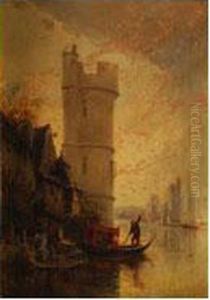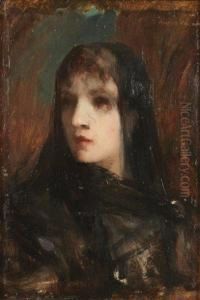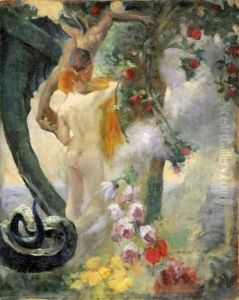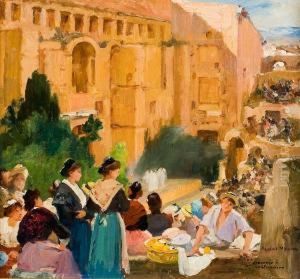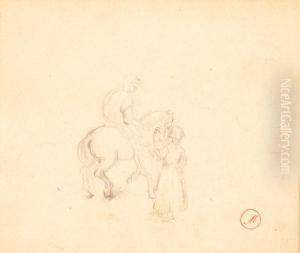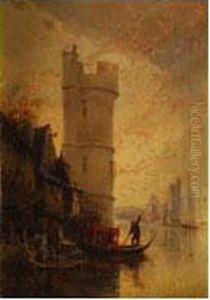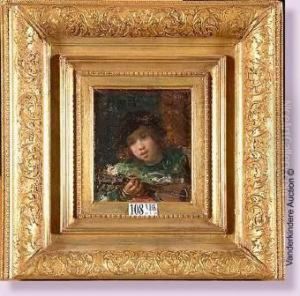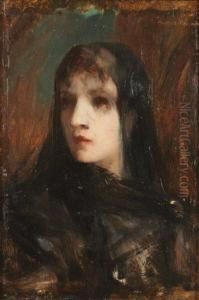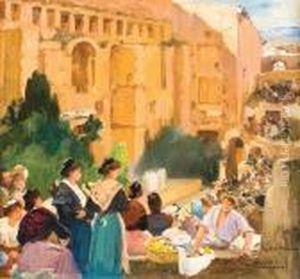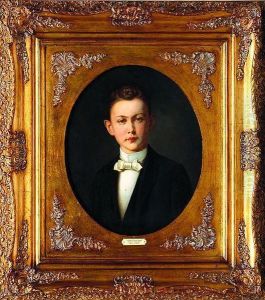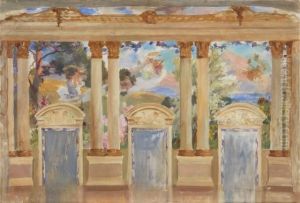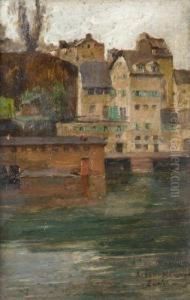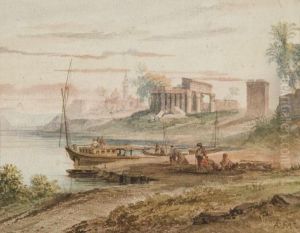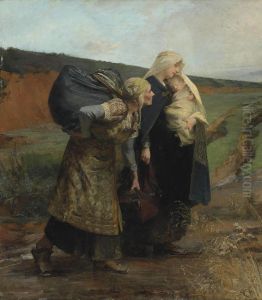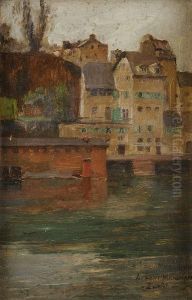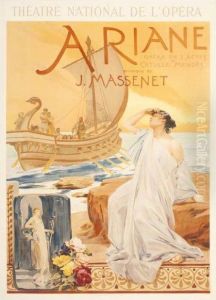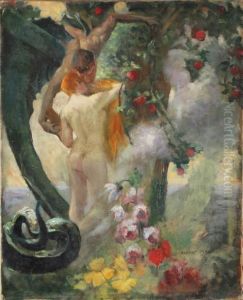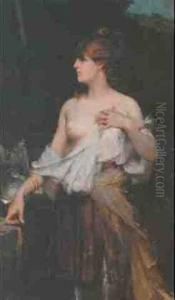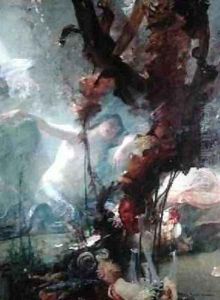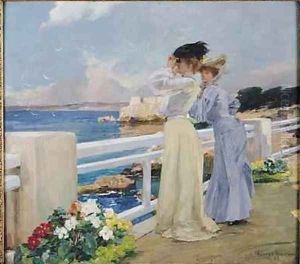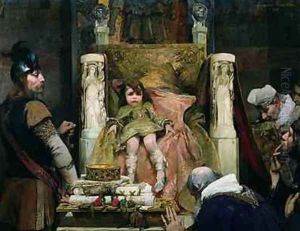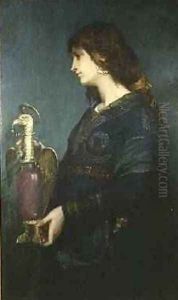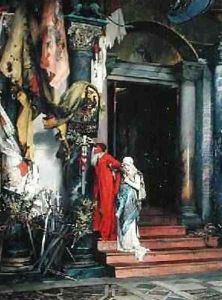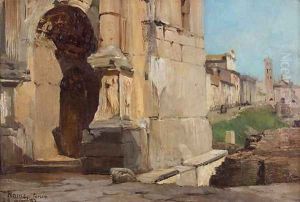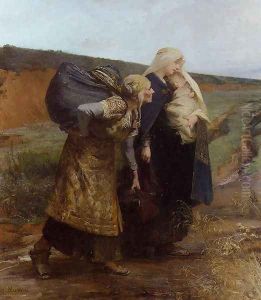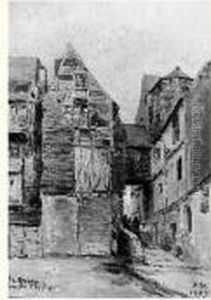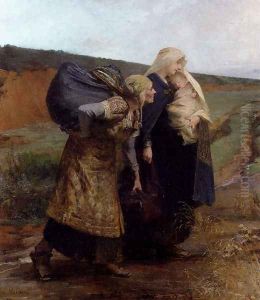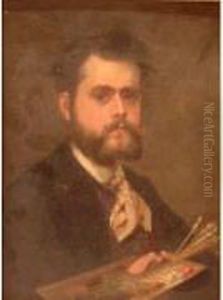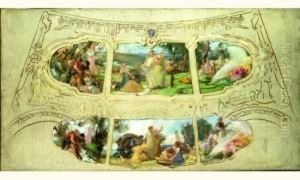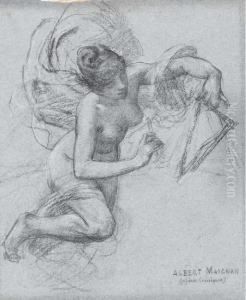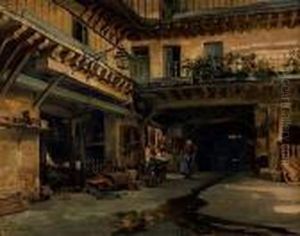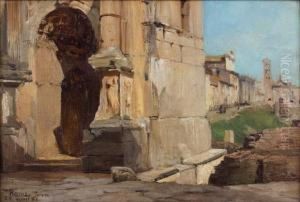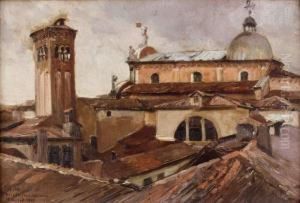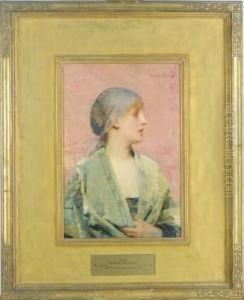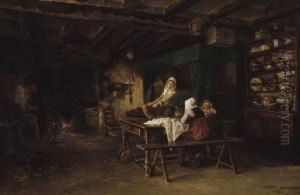Albert Pierre Rene Maignan Paintings
Albert Pierre René Maignan was a French painter and illustrator, closely associated with the history painting and mural decoration movements that were predominant in the late 19th century. Born on October 14, 1845, in Beaumont-sur-Sarthe, France, Maignan demonstrated an early interest in art, which would lead him to Paris to pursue his passion. There, he studied under artists like Jules Achille Noël and Évariste Vital Luminais, absorbing the academic principles that would underpin his later work.
Maignan's career was marked by his dedication to history painting, an art form that seeks to depict scenes from historical, religious, or mythological narratives, often with an emphasis on realism and moral messages. He was particularly known for his mural works, which can be found in various public buildings in France, including the Panthéon in Paris and the city hall of Poitiers. His style, characterized by vivid detail and a dramatic use of color, earned him significant acclaim during his lifetime.
In addition to his historical and mural paintings, Maignan was also a respected illustrator, contributing to various publications of the time. His illustrations often accompanied texts that dealt with historical or mythological themes, showcasing his versatility and deep knowledge of these subjects.
Maignan received numerous awards throughout his career, including medals at the Paris Salon, where his works were regularly exhibited. He was also made a Chevalier of the Legion of Honour, a testament to his impact on French art and culture.
Albert Pierre René Maignan passed away on September 29, 1908, in Saint-Prix, Val-d'Oise, France. Today, his works are preserved in several museums and galleries across the world, serving as enduring examples of French history painting and mural art at the turn of the 20th century. Maignan's legacy continues to be celebrated for its contribution to the rich tapestry of French art history.
